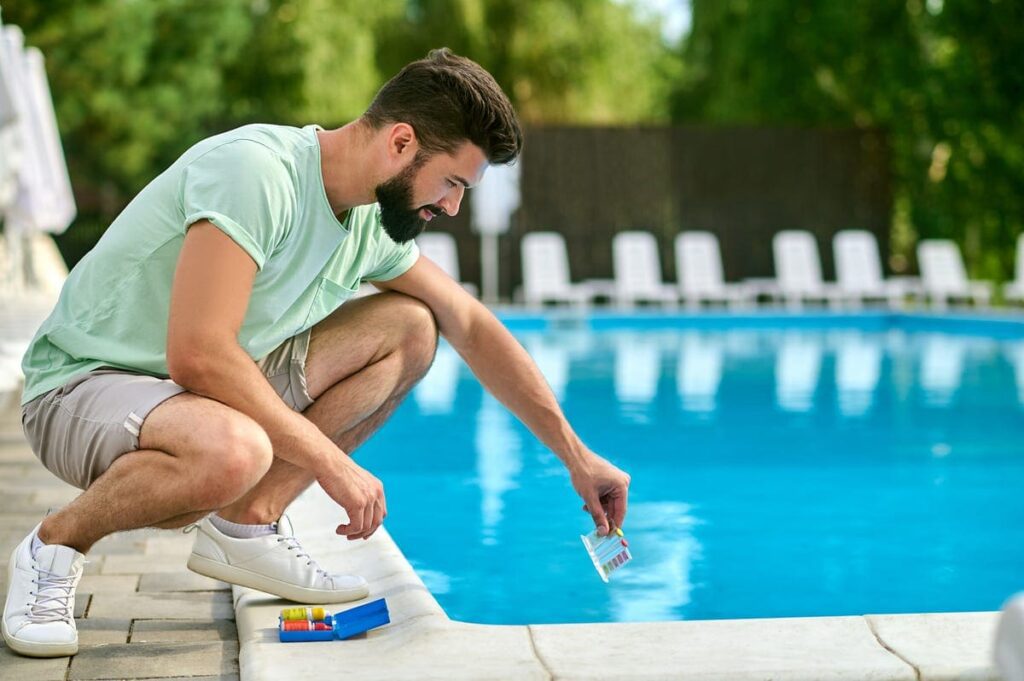Maintaining a clean and efficient pool filter is essential for keeping your swimming pool in excellent condition, ensuring that the water is crystal clear and safe for swimming. Pool filters play a critical role by trapping dirt, debris, and bacteria. However, they require regular cleaning and maintenance to function effectively. Here, we discuss some cost-effective strategies to help you maintain your pool filter without breaking the bank.
Regular Inspection and Cleaning
The first step in cost-effective pool filter maintenance is to establish a regular cleaning schedule. Depending on the type of filter you have—sand, cartridge, or diatomaceous earth (DE)—the frequency and method of cleaning will vary.
- Sand Filters: Backwash the filter when the pressure gauge reads 8-10 psi above the normal operating level. This process involves reversing the flow of water to flush out trapped debris.
- Cartridge Filters: Remove the cartridge elements and rinse them with a garden hose to remove loose debris. For a deeper clean, soak the cartridges in a solution of one part muriatic acid to twenty parts water.
- DE Filters: Similar to sand filters, backwash when the pressure increases significantly. After several backwashing cycles, add fresh diatomaceous earth powder.
Use a Filter Cleaner
Invest in a commercial filter cleaner to help remove oils and greases that are not easily dislodged by water alone. These cleaners are designed to soak into the filter material and break down the accumulated grime, making it easier to wash away. Be sure to follow the manufacturer’s instructions for the best results.
Avoid Over-Cleaning
While regular cleaning is vital, over-cleaning can lead to diminished filter efficiency and even damage. Cartridge filters, for example, can wear out faster if they are cleaned too frequently. Monitor your filter’s performance and clean it only when necessary.
Maintain Proper Pool Chemistry
Keeping the pool water balanced is not just important for the safety and comfort of swimmers, but it also helps minimize the strain on your pool filter. Regularly check and maintain the pH, alkalinity, and sanitizer levels to prevent algae growth and reduce the workload on your filter.
Replace When Necessary
Despite your best maintenance efforts, there will come a time when parts of the filter need replacing. Be aware of the lifespan of your filter’s components. For instance, cartridge elements typically need replacement every 1 to 3 years depending on usage. Proactively replacing worn parts can save you money in the long run by avoiding more significant repairs or efficiency losses.
DIY Your Pool Care
Where possible, handle pool maintenance tasks yourself instead of hiring professionals. Learning how to properly maintain your pool filter and other equipment can significantly reduce costs and also give you better insight into the overall health of your pool.
Conclusion
Maintaining your pool filter doesn’t have to be expensive. By implementing these cost-effective strategies, you can ensure that your pool remains a clean, inviting, and safe environment for everyone to enjoy. Regular inspection, proper chemical balance, and timely cleaning can extend the life of your pool filter and prevent costly repairs, helping you enjoy your pool with peace of mind.


